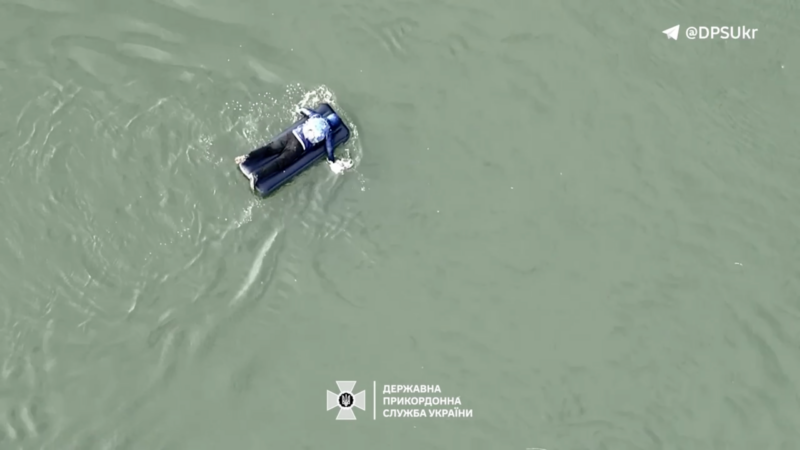- Iris Scott is a professional finger painter whose 8-foot-tall paintings can sell for over $40,000.
- Her paintings are made up of vivid colors, impressive textures, and a subject that anybody can relate to.
- Iris walked us through what goes into making one of her paintings.
- Visit Insider.com for more stories.
Following is a transcript of the video. Narrator: Finger painting is simple. For most people, it’s just dipping your finger in paint, then dotting, dragging, or smearing it on paper. These paintings are usually priceless in the eyes of a parent, but they wouldn’t sell for $20,000. That’s how much Iris Scott’s finger paintings start at, and they can go up to over $40,000. Iris found a way to turn what most of us think of as an elementary-school pastime into a serious career. So what makes these finger paintings worth so much? Iris focuses on a type of art called instinctualism. It’s a relatively new thing, and the general movement, at least for Iris, is in response to the popularity of minimalism and abstract art. Instead of leaving the viewer with something to interpret, instinctualism is more direct and easily understood. Its main goal: to make a connection with the person looking at it. Filo Sofi Arts, the gallery that represents and sells some of Iris’s work to collectors, attributes the rise of this movement to the success of Iris’s work. Iris starts these huge paintings with the background. And by huge, it means her canvas can be as large as 8 feet tall by 8 feet wide. Because of the sheer size, the materials alone start to add up. She slips on the gloves and smears the first few colors across the board, but instead of covering the background with thick smears of paint, Iris sprays it with water to thin it out, which creates a watercolor effect for the background. And there’s a reason why all her paintings are so large.
Iris Scott: Finger painting is really good at some things and not very good at other things. For example, it’s not very good at very fine details. A little brush would be very good at eyelashes, for example, but if I paint an eye that’s this big, the eyelashes are no problem. So, it’s a bit of the obstacle is the way. If I just paint larger, there isn’t really any subject that I can’t paint.
Narrator: In this case, Iris is working on a painting of a wet dog that’s shaking off water. She starts with the outline of the pup. Once the outline is put down, it’s time to start the hard part: making a finger-painted dog look real. To do this, Iris focuses on getting the details just right, from the hair to the eyes. She swaps between using different pressures of strokes, dotting, swiping, patting, and smearing the paint. In some instances, she squeezes the paint directly onto the canvas and spreads it around using her fingertips or her knuckles. In other cases, she squeezes the paint directly onto her fingers and goes from there.
Iris: Finger painting is so much fun. It’s a lot like being a professional kindergartner, and I love my job, and every day I’m quite grateful that this is what I get to do with my life.
Narrator: Iris uses shades of paint that match the colors found in the dog's coat and adds texture to create realistic strokes for the fur. Once the eyes are added in and most of the fur is complete, the subject becomes recognizable. Then the dog has to dry. Because she uses oil paints, that could take up to a week. After drying, she delicately places sheets of paper over the pup to protect it and throws paint to create splashes of water. For additional spatters, she dots paint using her fingertips. She removes the paper from the dog and leans the painting against the wall, then adds the last few dots to complete the piece. Stepping back, the textures that Iris has spent weeks on, one dot, stroke, and smear at a time, come together to form an artistic masterpiece. One that captures instinctualism and leaves the viewer with something they can recognize and connect with right away. So much so that they're willing to shell out thousands of dollars to take it home.










